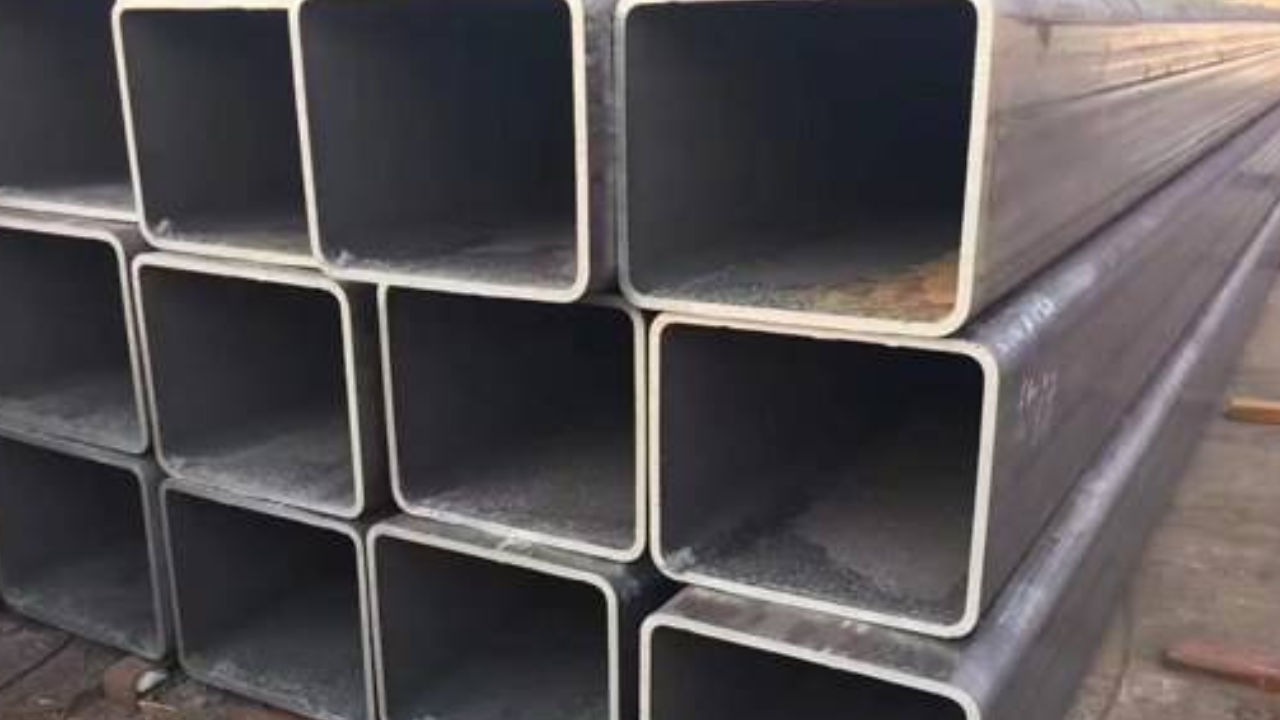When determining the sizes of hollow Structural Sections (HSS), numerous factors come into play to ensure that the sections meet the structural and practical requirements of selecting the perfect sizes for hollow Structural Sections (HSS) entails a complete assessment of different factors to ensure ideal structural overall performance. Structural layout requirements play an essential function, considering factors together with load-bearing capacity and stability.
Material houses, together with electricity, stiffness, and ductility, also are sizable issues, as they influence the structural integrity of the HSS. Additionally, manufacturing competencies and enterprise requirements play a crucial position in determining the shapes and sizes of HSS sections.
By thinking about those elements collectively, engineers and architects can pick hss sizes that meet task specifications at the same time as adhering to protection requirements and regulatory requirements. This holistic technique guarantees that HSS sections fulfill their supposed characteristic efficiently and contribute to the overall achievement of the structural layout.
Factors Influencing Hollow Structural Section (HSS) Sizing
The supposed application. Those elements consist of concerns associated with structural design, load-bearing potential, material homes, production talents, and industry standards. Let’s delve into every one of these elements to understand how they have an impact on the sizing of HSS:
Structural Design Requirements
One of the number one considerations in figuring out HSS sizes is the anticipated load-bearing potential required for the structural utility. The size and dimensions of the HSS must be sufficient to help the anticipated loads without experiencing failure or deformation. The selected HSS size must provide ok stability and resistance to buckling beneath the applied hundreds.
Elements which include segment form, wall thickness, and pass-sectional location impact the structural balance of HSS individuals. HSS sizes are often decided primarily based on industry-precise layout codes and requirements, which include the ones mounted using groups like the American Institute of Metal Production (AISC) or the Canadian Institute of Metal Construction (CISC). These standards offer guidelines for deciding on suitable HSS sizes primarily based on structural design requirements and overall performance standards.
Material Houses
The fabric houses of the HSS, inclusive of yield strength, tensile electricity, and modulus of elasticity, play a critical role in determining the sizes of HSS sections. Better-electricity materials allow for the usage of smaller segment sizes at the same time as nevertheless meeting structural performance requirements.
Concerns of ductility and toughness are vital, specifically in packages that challenge dynamic masses or impact forces. HSS sizes can be selected to make certain ductility and toughness to withstand those loading conditions without brittle failure.
Production Capabilities
HSS sizes are regularly inspired by the producing competencies of metal turbines and fabrication centers. General dimensions and shapes of HSS sections are common and based totally on enterprise norms and manufacturing abilities.
While trendy HSS sizes are broad to be had, some programs may additionally require custom sizes or shapes to satisfy unique layout necessities. Manufacturers may additionally offer customization options for HSS sections, allowing for tailored solutions to particular design-demanding situations.
Industry Standards and Guidelines
HSS sizes should comply with relevant enterprise standards, constructing codes, and rules governing structural metal layout and production. Compliance guarantees that HSS sections meet safety, overall performance, and fine requirements established by the regulatory government.
Enterprise requirements specify design load standards, which include elements that include dead loads, stay masses, wind hundreds, and seismic loads, which affect the sizing of HSS sections. The selected sizes must be able to properly resist these layout loads underneath ordinary operating situations.
Value Concerns
The size of HSS sections can affect material fees, with large sections commonly requiring more cloth and resulting in higher fees. Cost considerations may additionally have an impact on the selection of HSS sizes to achieve a balance between structural performance and affordability. The complexity of manufacturing and fabricating HSS sections may also vary depending on the chosen dimensions and shapes. Fabrication expenses, which include reducing, welding, and finishing processes, may element of the choice-making system when choosing H SS sizes.
Final Remarks
In précis, the factors taken into consideration in figuring out hollow Structural section (HSS) sizes embody structural layout necessities, material homes, manufacturing abilities, industry requirements, and price concerns. Using comparing those elements comprehensively, engineers and designers can pick HSS sizes that meet the structural and practical wishes of their tasks even ensuring compliance with applicable requirements and regulations.


